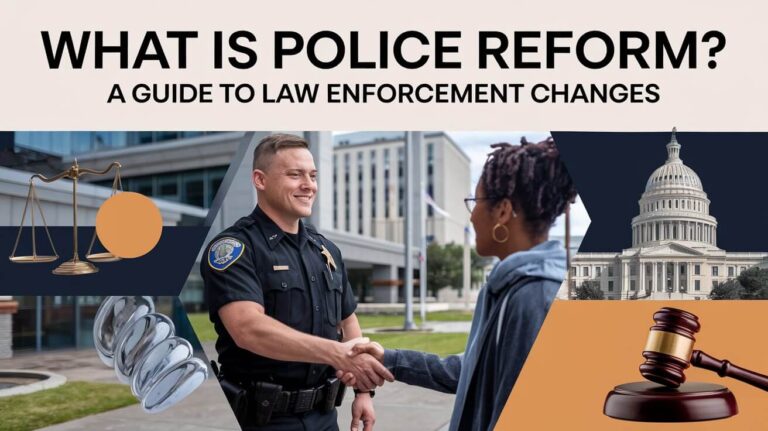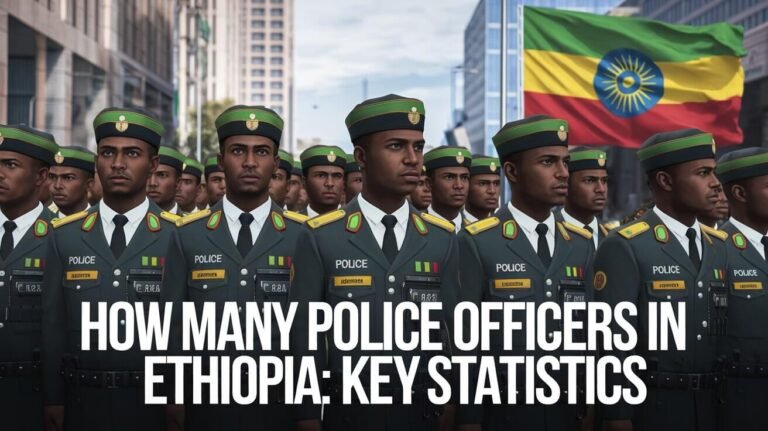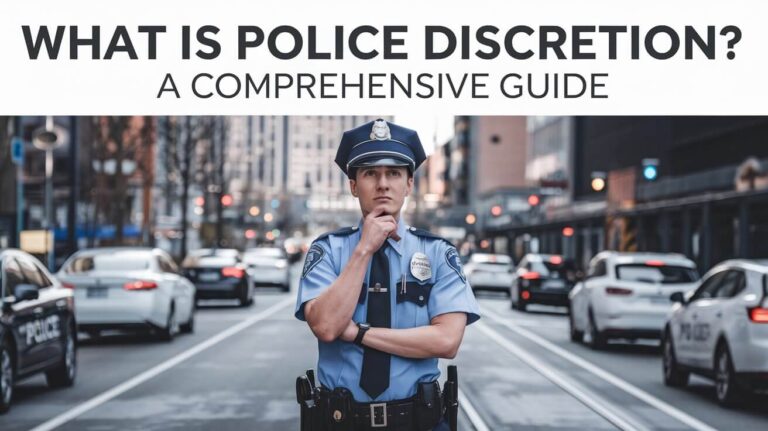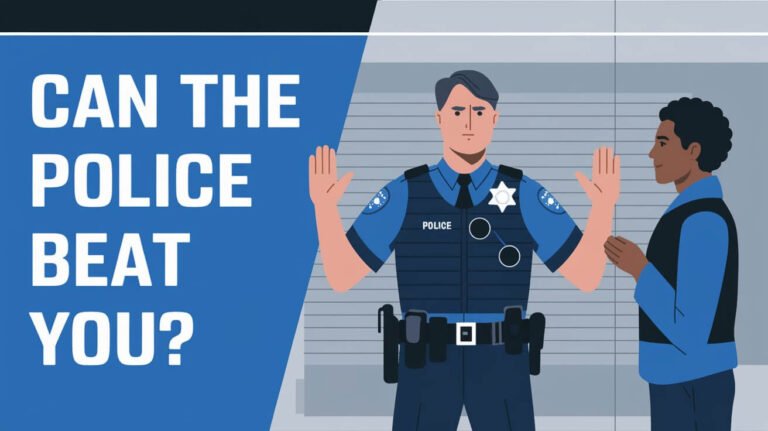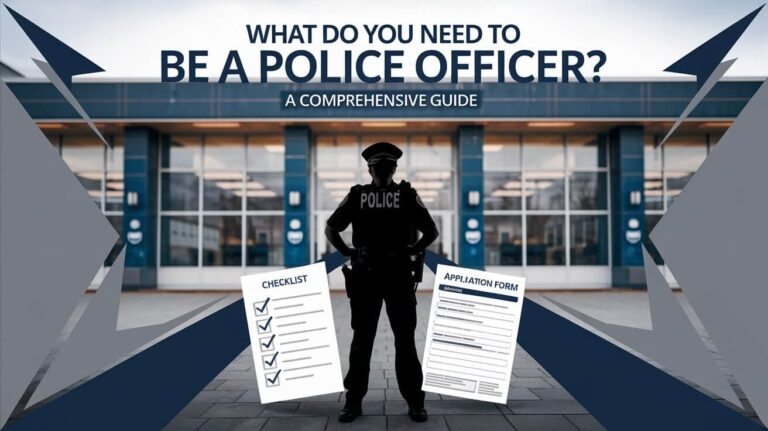What is a Code 4 for Police? Meaning Behind This Important Code
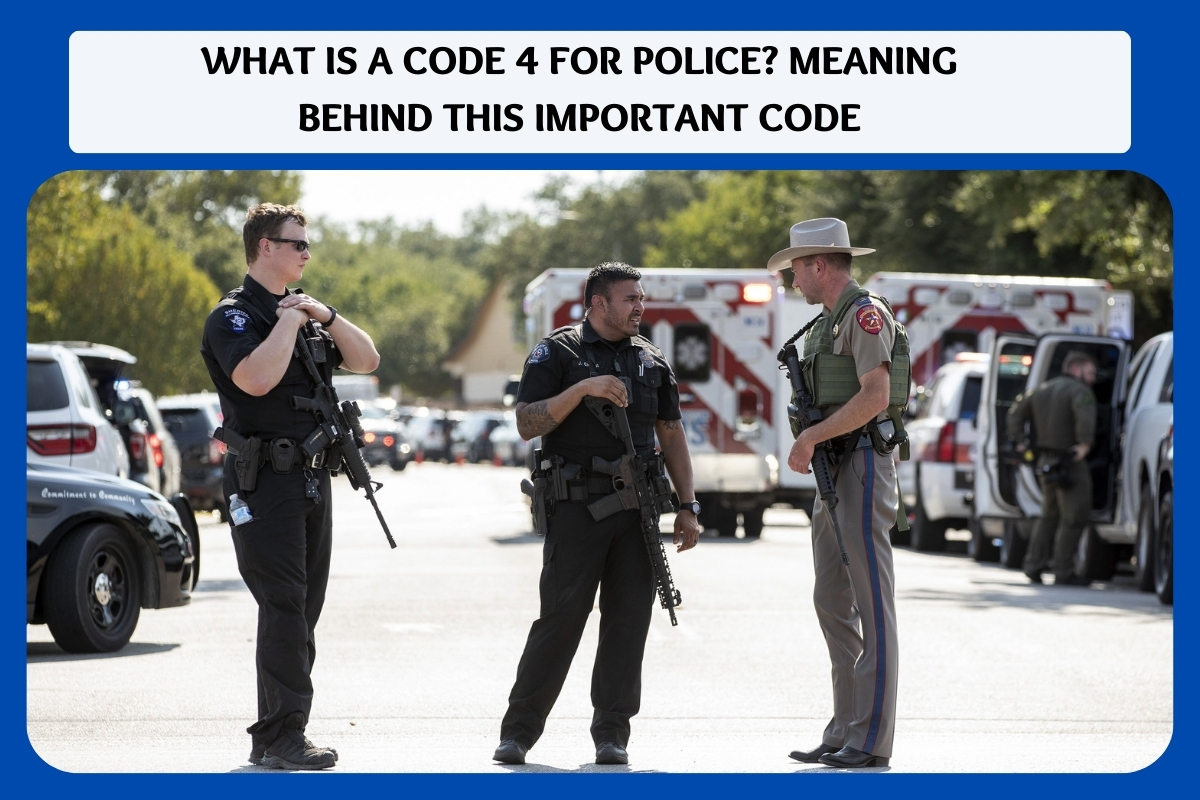
“Code 4” is a common phrase heard over police radios. But what does it actually mean? This article explores the significance of Code 4 in law enforcement.
We’ll cover::
- The origins and history of police communication codes
- A clear explanation of what “Code 4” means for officers
- When and why Code 4 is used in various police situations
- The importance of Code 4 in facilitating efficient communication
- Other commonly used police codes and their meanings
- How Code 4 has been depicted in popular culture
- Efforts to promote public awareness about police codes like Code 4
Let’s unravel the meaning behind this crucial code used by police officers.
The Origins of Police Codes and Their Significance
Police codes, including the famous “Code 4,” have their roots in the early days of radio communication. As radios became more widely used in law enforcement operations, officers realized the need for a concise and standardized system to convey information quickly and efficiently over the airwaves.
In the 1940s, the Association of Public Safety Communications Officials (APCO) introduced the concept of “10-codes” – a set of numerical codes preceded by the number 10. These codes were designed to facilitate clear and unambiguous communication, even in situations with poor radio reception or background noise.
The use of codes served several purposes:
- Brevity: Instead of using long phrases or sentences, officers could convey complex messages using just a few numbers or words, saving valuable time in emergencies.
- Confidentiality: Codes provided a degree of confidentiality, preventing bystanders or civilians from easily understanding sensitive information being transmitted over open radio channels.
- Standardization: By adopting a universal set of codes, officers from different agencies or jurisdictions could communicate effectively, ensuring seamless cooperation during joint operations or mutual aid situations.
While the specific meanings of codes may vary slightly across different law enforcement agencies, the fundamental principles behind their use remain the same – to promote efficient, clear, and secure communication in the field.
Decoding “Code 4” – What Does It Mean for Police Officers?
So, what exactly does “Code 4” signify in the world of law enforcement? In most agencies across the United States, “Code 4” is used to indicate that a situation is under control, safe, and no further assistance is needed.
When an officer arrives at a scene or incident and assesses that everything is secure and they have the situation handled, they will often radio in “Code 4” to inform dispatch and other responding units. This code essentially serves as an “all clear” signal, letting everyone know that additional resources or backup are not required.
However, it’s important to note that the specific meaning of “Code 4” can vary slightly depending on the agency or jurisdiction. In some cases, it may also be used to signal that an officer is temporarily available for other calls or assignments, as the current situation is stable.
When is Code 4 Used in Police Operations?
Code 4 plays a crucial role in various police operations and scenarios. Here are some common instances where an officer might use this code:
- After responding to a call: When officers respond to a call for service, such as a noise complaint or a minor disturbance, and find that the situation has been resolved or does not require further action, they may radio in “Code 4” to indicate that they have the matter under control.
- During traffic stops: If an officer pulls over a vehicle for a routine traffic violation and determines that no further action is needed (e.g., no outstanding warrants or suspicious activity), they may use Code 4 to signal that backup is not required.
- After clearing a scene: Following a more serious incident, such as a crime scene or an arrest, officers may use Code 4 to indicate that the scene has been secured, and all necessary actions have been taken.
- In emergency situations: During critical incidents like active shooter scenarios or hostage situations, officers may use Code 4 to communicate that the threat has been neutralized and the area is now safe.
Code 4 signals the immediate situation is under control. It does not mean all police work is complete. Officers may need to file reports, collect evidence, or perform follow-up tasks.
The Importance of Code 4 in Law Enforcement Communication
The use of Code 4 in law enforcement communication serves several important purposes:
- Efficient resource allocation: By indicating that no further assistance is needed, Code 4 allows dispatch to allocate resources more effectively, ensuring that backup units or additional personnel are not unnecessarily sent to a scene.
- Enhanced officer safety: When an officer radios in “Code 4,” it reassures their colleagues and supervisors that they are not in immediate danger and do not require emergency backup. This can help prevent unnecessary risks and maintain a more controlled environment.
- Clear communication: In high-stress situations or during critical incidents, the use of standardized codes like Code 4 can help ensure that messages are conveyed clearly and unambiguously, minimizing the potential for misunderstandings.
- Situational awareness: By monitoring Code 4 transmissions, other officers and dispatch personnel can maintain an accurate understanding of the status and progression of various incidents or calls for service throughout their jurisdiction.
The use of Code 4 contributes to smooth law enforcement operations, promoting officer safety, resource efficiency, and clear communication in dynamic situations.
Other Commonly Used Police Codes and Their Meanings
While Code 4 is a widely recognized code in law enforcement, it is just one part of a larger set of codes used for communication purposes. Here are some other common police codes and their meanings:
- Code 1: Non-emergency situation, proceed with caution or at your convenience.
- Code 2: Urgent situation, respond without lights or sirens.
- Code 3: Emergency situation, respond with lights and sirens.
- Code 5: Stakeout or surveillance operation.
- Code 6: Responding from a long distance or out of the area.
- Code 10: Fight or disturbance in progress.
- Code 20: Location or address.
- Code 99: Officer needs emergency assistance or is in danger.
The meanings of these codes can vary between agencies or regions. Officers must familiarize themselves with the codes used by their department or jurisdiction.
Code 4 in Popular Culture and Media
Due to the widespread use of police codes in law enforcement, terms like “Code 4” have become familiar to the general public, particularly through their depiction in popular culture and media. TV shows, movies, and even video games have helped popularize these codes and introduce them to mainstream audiences.
One of the earliest and most notable examples is the 1955–1959, TV series “Highway Patrol,” which featured the iconic character Broderick Crawford frequently using the phrase “10-4” (the numerical code for “acknowledged” or “OK”) while communicating over his patrol car’s radio.
More recently, police codes have been prominently featured in various popular TV shows and movies, such as “NYPD Blue,” “End of Watch,” and the “Die Hard” film franchise. These depictions have not only added realism to the portrayal of police operations but have also helped to educate the public about the significance and meaning of these codes.
Beyond entertainment media, police codes have also found their way into popular culture through video games, such as the “Grand Theft Auto” series, where players can often hear characters using codes like “Code 4” during gameplay.
While these representations may not always be entirely accurate or consistent with real-life usage, they have undoubtedly contributed to the broader public awareness and recognition of police codes like Code 4.
Understanding Code 4 – Promoting Public Awareness
As law enforcement agencies strive to maintain transparency and build trust with the communities they serve, promoting public awareness and understanding of police codes like Code 4 has become increasingly important.
Many agencies now include explanations of commonly used codes on their websites or in community outreach materials. By demystifying the meaning behind these codes, the public can better understand the context and actions of officers during various situations.
Additionally, some agencies have taken steps to engage with local media outlets and educational institutions to provide accurate information about police codes and their usage. This can help dispel misconceptions and foster a more informed dialogue between law enforcement and the public.
Promoting public awareness of Code 4 and other police codes can also aid in emergency situations where civilians may need to understand radio transmissions or instructions from officers. By familiarizing the public with these codes, agencies can improve communication and cooperation during critical incidents.
Educating the public about the meaning and usage of Code 4 and other police codes can benefit:
- Improved public understanding: By providing clear explanations of what codes like Code 4 signify, the general public can better comprehend the actions and communications of law enforcement officers during various situations. This transparency can help build trust and foster a more positive relationship between the community and law enforcement agencies.
- Enhanced cooperation during emergencies: In critical incidents or emergency situations where civilians may overhear radio transmissions or receive instructions from officers, having a basic understanding of police codes can facilitate more effective cooperation and response from the public.
- Promoting accountability: When the public understands the meaning behind codes like Code 4, they can better evaluate whether officers are adhering to proper protocols and procedures. This increased transparency can contribute to greater accountability within law enforcement agencies.
- Realistic portrayal in media: By educating the public, media outlets and content creators can more accurately depict the use of police codes in their representations of law enforcement operations, fostering a more realistic and informed portrayal.
Law enforcement agencies can employ various strategies to promote public awareness of Code 4 and other codes, such as:
- Providing clear and accessible explanations on their websites or through community outreach materials.
- Collaborating with local media outlets to disseminate accurate information and clarify any misconceptions.
- Engaging with educational institutions, such as schools or community colleges, to incorporate police code education into relevant courses or programs.
- Utilizing social media platforms to share informative videos, infographics, or interactive content about police codes.
- Encouraging open dialogue and Q&A sessions during community meetings or events, where members of the public can ask questions and gain a better understanding of police communication practices.
By taking proactive steps to educate the public about Code 4 and other police codes, law enforcement agencies can foster greater transparency, trust, and cooperation within the communities they serve.

